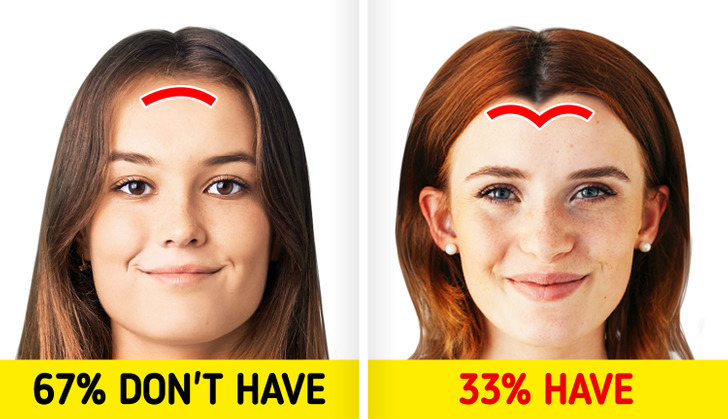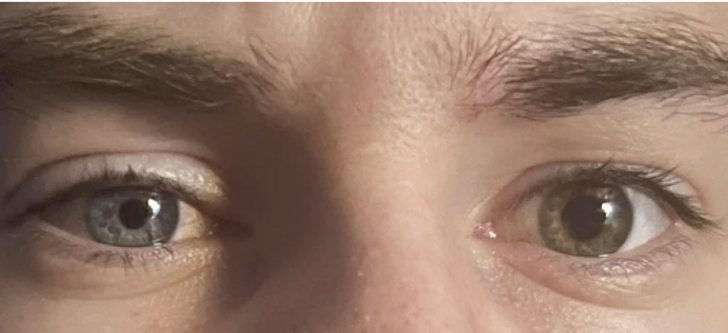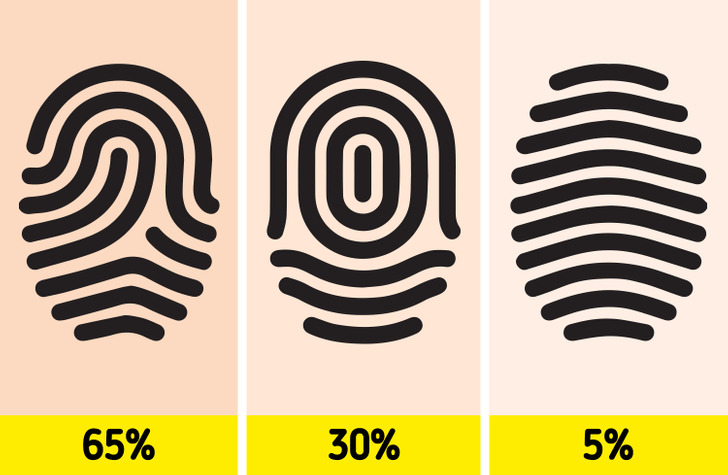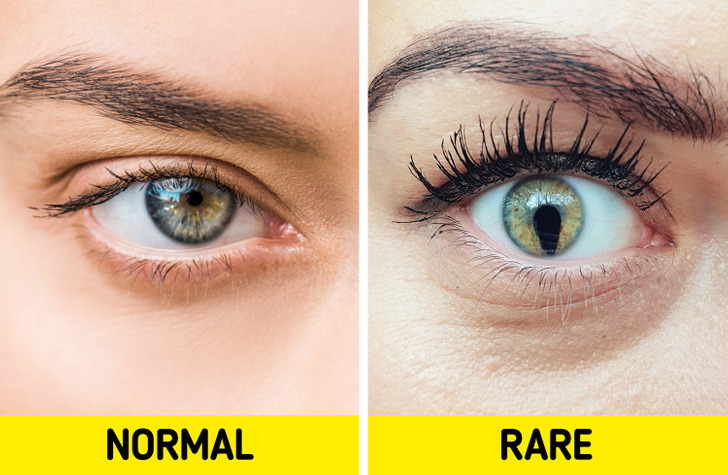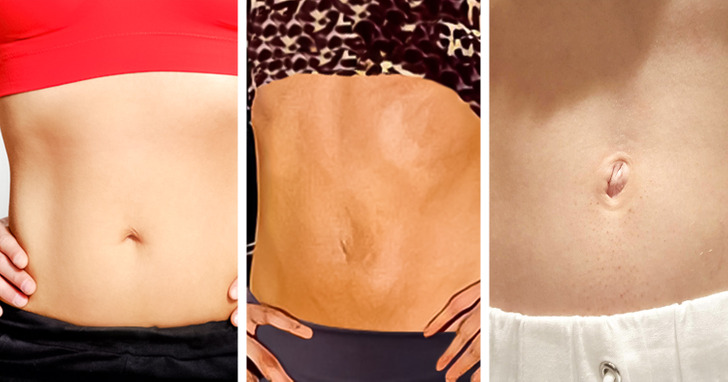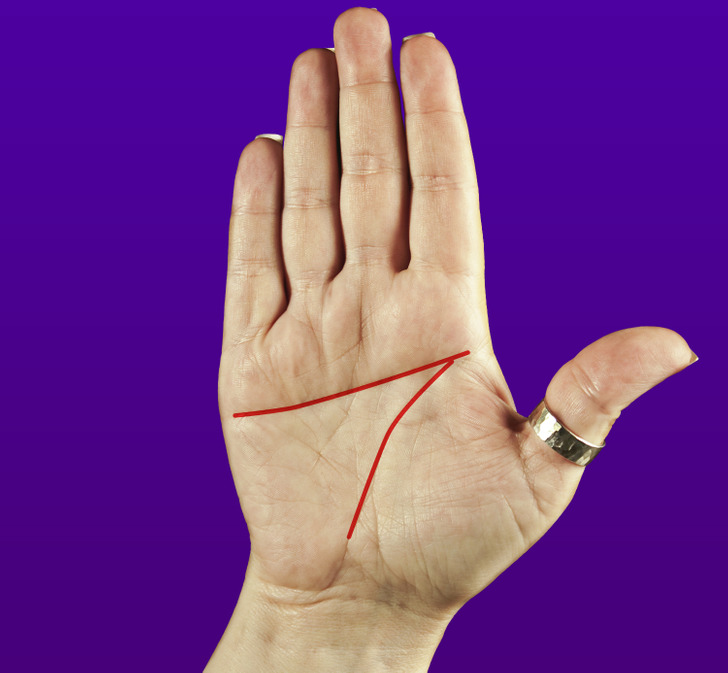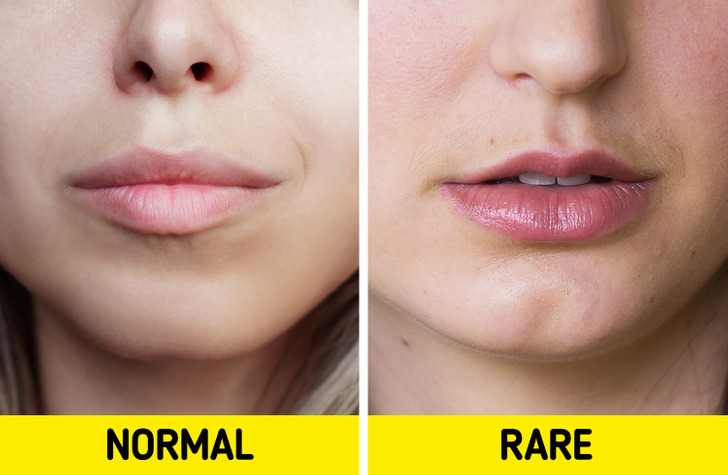i have this
10 Body Features That Set You Apart From the Crowd
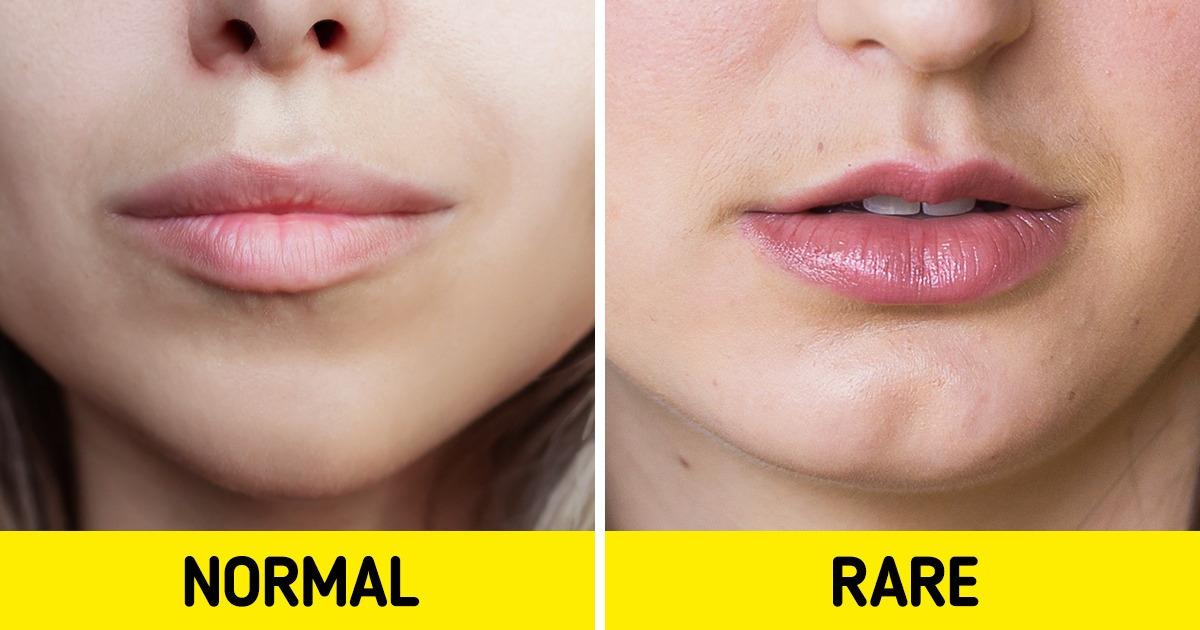
We are all different, but some individuals are exceptional in their own way. Their genetics have given them unique physical traits. Those who possess these share them with joy; some even use them as a magic trick or to enhance their appearance.
We at Bright Side analyzed different individuals’ uniqueness and discovered 10 unusual body features that will set you apart from the crowd.
1. Widow’s Peak
A widow’s peak is a characteristic hairline in the form of a V that is often inherited. Contrary to popular belief, it is likely no more significant than having wavy hair or a split chin. A study revealed that this characteristic is unusual. 67% of the observed population did not exhibit a widow’s peak, whereas 33% did. It indicates that genes, age, and gender impact this characteristic.
2. Letter X
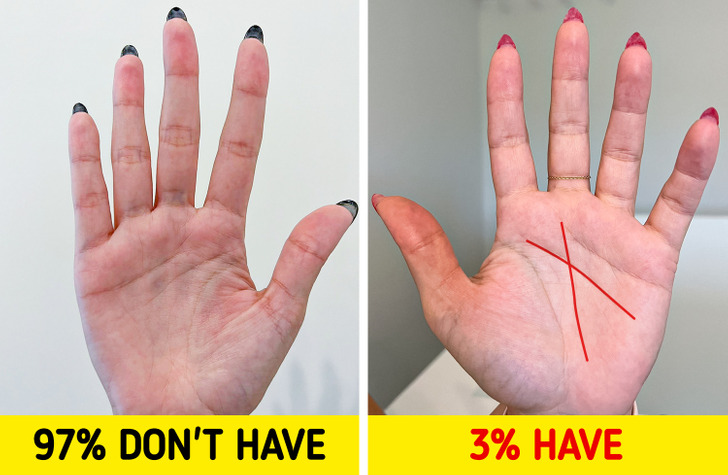
There is a peculiar mark that only a few individuals possess. According to reports, only 3% of the world’s population has the letter ’X’ on their hands. It is positioned between the 2 curving horizontal lines on your palm.
3. Photic sneeze reflex
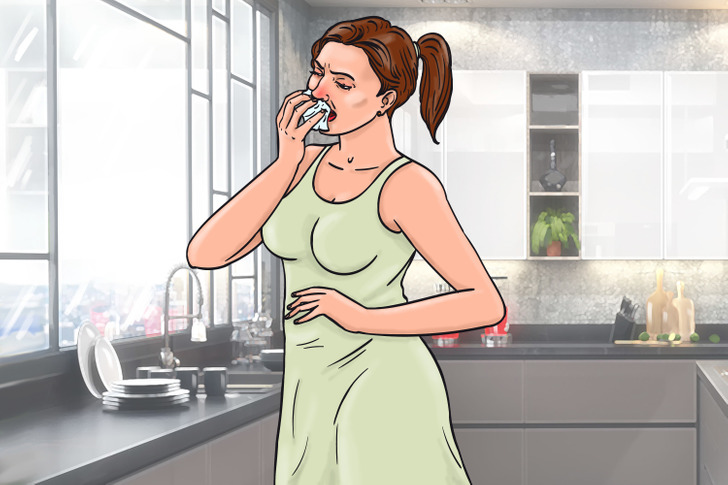
The common causes of sneezing include illness and allergies. However, some people experience a symptom called “photic sneezing.” It is the reflexive sneezing caused by light, especially sunlight.
It is thought to happen to 18 to 35% of the population (PSR).
4. Simple anisocoria
The size of the pupil changes so that the right amount of light can get into the eye. So, when it’s dark, they get bigger, and when there’s a lot of sun, they get smaller. In most cases, each eye shrinks and expands at the same time. However, this isn’t always the case so it may look like each eye’s pupil is different in size. This difference in pupil size is called anisocoria.
5. Dextrocardia
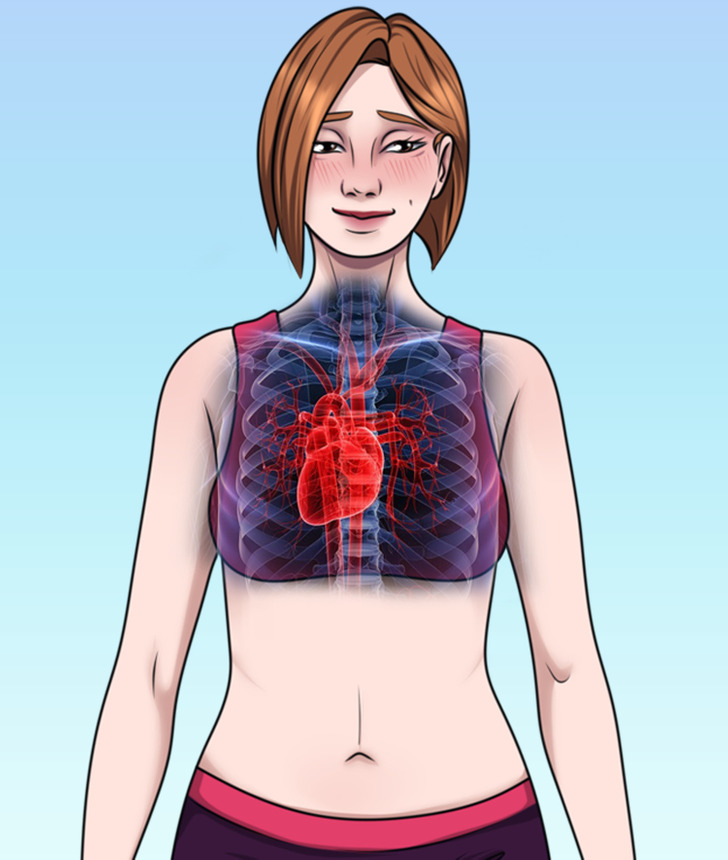
Dextrocardia is an uncommon cardiac disorder in which the heart points to the right side of the chest rather than the left. It is congenital, which implies that it is present from birth. However, less than one percent of the population suffers from this condition, but those who do may have surgical options.
6. Different types of fingerprints.
Loops, whorls, and arches are the 3 predominant forms of fingerprint signatures. Approximately 65% of all fingerprints are loops, making them the most prevalent. Whorls make up around 30% of all prints, whereas arches appear just 5% of the time.
Each of them has its own subcategory. Threads are separated into radial circles and ulna lines. Peripheral circuits enter and leave the finger on the side closest to the thumb. Plain is where the ridges are level or display just a tiny peak) or tented arches are possible. Whorls may be simple, and the center pocket may be more elevated, often with a smaller whorl pattern.
7. Coloboma of the iris
A coloboma is a spot in your eye where there is no tissue. They are already there in the retina when a person is born. They can affect one eye or both. Most of them are simple to recognize because they affect the iris and make your pupil look like a keyhole. But there are many kinds, most of which can’t be seen from the outside. Some don’t have symptoms, but others can negatively compromise a person’s eyesight.
8. Outie Belly Button
Outie belly buttons look like a knot protruding from the skin. It usually happens when more of the umbilical cord is left after it is cut, which leaves more skin after it dries. In sporadic cases, a condition called an umbilical hernia can cause it. But only around 10% of adults still have it when they are adults.
Some people don’t have a belly button. This could be because they’ve had surgery or because their belly button formed (or didn’t form) strangely. Bladder exstrophy is one rare condition that can cause this. It can make a person’s bladder stick out of their stomach. This requires surgery because it makes it hard for a baby to hold their urine.
9. Single palmar crease
A single palmar crease is a single line that goes across the palm of the hand. Most people have 3 folds in their palms. However, only 1.5% of the population has just a single line. This trait is twice as likely to be found in men as in women and tends to run in families.
10. Cleft chin
Your genes decide if you are born with a cleft chin or not. If other family members have it, then it’s more likely that you will too. Cleft chins are marked by a dimple that forms before birth. It happens when the 2 sides of the lower jaw don’t fully join together when the baby is still in the womb. But still, this doesn’t cause any other symptoms besides the dimple.
Do you have any of these features? What part of your body makes you feel like you are you?
Comments
Related Reads
16 Things That Only the Bravest Could Buy and Use
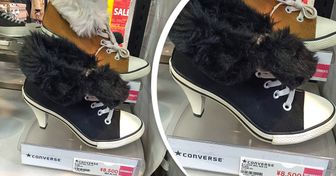
9 Things Waiters Pay Attention to When They Serve the Customers

11 Things Millennials Do That Aren’t Cool Anymore According to Gen Z

10 Messages From People Who Are Better Off Never Using a Phone Again
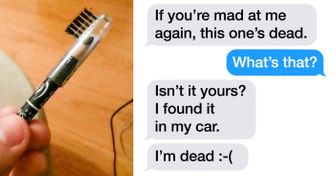
An Artist Draws Disney Princes in a Way No One Has Seen Before: With Kids and Without Horses
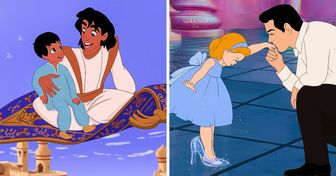
12 Comics That Show How Life Changes After 30
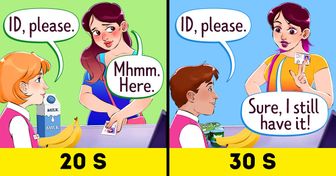
Every Thursday Celebrities Share Their Childhood Photos, and We’ve Collected 18 of the Brightest Ones
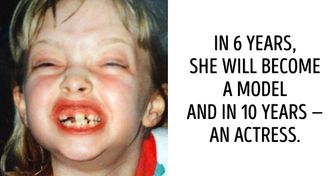
My BFF Invited Me to Her Baby Shower, It Turned Into My Worst Nightmare

15+ Raw Stories About Jealousy That Can Leave You Speechless

I Refused to Be My DIL’s Free Babysitter and Maid, and Now She Says I’m the Selfish One

My MIL Demanded Rent for a House That Isn’t Hers, I Turned the Tables

My MIL Wanted Me to Be Her Free Maid — She Didn’t Expect My Next Move

